Table of Contents
How Do Industrial Air Compressors Work?
Table of Contents
In this world, where technology runs every industry, air compressors are quite critical for various operations like workshops and factories. While they are a new invention in the context of machine age history, they are now the reliable machines across the globe. Before compressors were invented, tools got their power from large, complicated systems that consisted of wheels, belts, and other huge components.
This type of machine was typically massive, cumbersome, costly, and out of reach for small companies. The present air compressors come in varying sizes and shapes and can be found in large auto workshops, shop floors, and garages. So, how do air compressors work? Read on to learn everything about them in this guide.
What is an industrial air compressor?
From its name, an air compressor is a piece of device or equipment that ‘compacts’ or ‘compresses’ air to fit in a particular vessel. An air compressor is a straightforward machine that is made of three major components or parts.
Pump: The pump is the central part of the compressor. It is the heart of the compressor, and in a technical way, it is the compressor itself. The pump has a unique but straightforward task of drawing air and compressing it using the power of a gasoline engine or from the electric motor.
Drive: The drive is responsible for generating power to enable other components of the air compressor to function or operate continuously. Some unique air compressors draw their energy from gas engines, while others use an electric engine. Air compressors that power using gas engines need electricity to operate– most preferably an electrical wall outlet. If the air compressor is portable and requires it to be moved from one place to another, batteries can supply the power needed to the motor.
Tank: The tank stores compressed air when the required amount is reached; it is sealed until its use.
What is an industrial air compressor used for?
Helping understand how do air compressors work, it helps to know what is an air compressor used for? Air compressors can be used in several ways. They can be used to supply power to various operating tools or supply air for filling inflatable pool toys or tires. Examples of equipment that work excellently with compressed air include:
- Spray guns
- Sanders
- Staplers
- Drills
- Nail guns
- Grinders
Air-powered machines and tools like drills and air conditioners are the prime shelters, comfort, automation, and efficiency of our daily lives. In simpler terms, we depend on some of these machines in our everyday lives. The compressors are light-weight and compact than most centralized power sources. They are also easier to move around, require low maintenance, and are more durable than most traditional machinery.
How does a industrial piston air compressor function?
How do air compressors get air, particularly those that use pistons? The process involves two major processes; increasing the pressure and decreasing the volume of the air. It is worth noting that most compressors are reciprocating the technology used by pistons. Air compressors use the following;
- A storage tanks
- A gas or electric motor
- A pump for compressing the air
- A discharge valve and an inlet to draw in and release air
The compressor draws the air in and creates a vacuum in order to reduce the volume. The vacuum will then force the air out to the storage tank. When full or when it reaches its maximum air pressure, the air compressor turns off. It does this repeatedly in a process known as the duty cycle, and it will only turn back on when the pressure drops below the specified minimum number. Smaller versions of compressors do not need storage tanks, and many people prefer them due to their portability.
Understanding what is air displacement
Also important to help know what is an air compressor used for, let’s understand what is air displacement. At the core of each air compressor, there is air displacement. The compressor features internal mechanisms that push air through the chamber to compress air. The two primary air displacement types include:
- Dynamic displacement
Non-positive or dynamic displacement is a type of method that brings the air into the chamber using an impeller with rotating blades. The speed and energy generated by the motion increase the build-up of air pressure. This method is quite efficient with turbo compressors as it is fast and creates large volumes of air.
- Positive displacement
This method is more common than the first one as it pulls air into the chamber. While there, the machine will then decrease the volume of the chamber and compress air. It is then moved to a storage tank where it is saved for later use.
The mechanical part of industrial air compressors
Air compressors come in varying designs which determine how they work. For instance, piston-based air compressors can have any of the two types of compression cycles. These cycles include the single-phase and the double-phase cycles.
- Single-phase: In this cycle, the piston will compress air in a single stroke. A stroke means one full crankshaft rotation.
- Double phase: This double-cycle involves having two pistons. The first piston compresses the air and moves it to another cylinder where the next piston compresses it further. This kind of cycle is designed to allow the compressor to create high pressures.
Single-stage air compressors have a pressure limit of 125 psi. The pressure goes off immediately when this limit is reached to stop the production of more compressed air. However, you may not need to get to that pressure limit as many compressors work with regulators. A regulator helps you to inject the correct pressure level for a specific tool. That means that your regulator will shut off immediately when the specified pressure is reached even if the piston is halfway through the stroke.
However, such air can add pressure to the starting circuit, which requires more energy to restart the motor. To eliminate this little problem, you can use an unloader valve, which will release the trapped air. A regulator is compounded by two primary gauges that are used to monitor the pressure within the air line and in the tank. If the pressure switch malfunctions, there is an emergency valve that will trigger to let you know.
What is a reciprocating piston?
A reciprocating piston features the following parts:
- Cylinder
- Valve head
- Crankshaft
- Piston
- Connecting rod
Reciprocating pistons works like the combustion engine of a vehicle. The crankshaft lifts the piston in the cylinder and forces the air into a compression chamber, reducing air volume and increasing the pressure. The piston then shuts, pushing the compressed air into a storage tank. The piston can then open again to draw in more air and begin another cycle.
Piston enabled air compressors are much louder compared to other designs as the machine components have to move and create friction. However, newer technologies and advanced designs have brought up a variety of dual and multi-piston models that are quieter as they split work.
What is a rotary screw air compressor, and how does a rotary screw air compressor work?
A piston compressor doesn’t work well in most heavy-duty industrial applications. Experts have to make use of rotary screw air compressors to achieve higher pressures that are needed for top powered tools and other complex pneumatic machines. Unlike the piston air compressor, which uses palpitation and an alternating work of the mechanic, the rotary screw compressor works continuously. This involves a pair of rotors that are meshed together to draw air and continuously compress it as it goes through the spiral.
The same rotary motion pushes the air through a chamber and eliminates it. A speedy motion is more preferred as it minimizes leakage. Most compressors may require you to find ways of reducing vibrations, which can ultimately hurt the machine. Rotary screw compressors, on the other hand, make your work more comfortable as they do a vibration-free job. Rotary screw air compressors vary with rates ranging from 10CFM to 5 figure rates. The following are the control schemes;
- Load and unload
The compressor is powered continuously using a slide valve that decreases the capacity of the tank when a specific compression limit is met. This is a common strategy for most factory environments. Sometimes the operator may need to use a stop timer. In this case, the approach is known as a dual control scheme.
- The modulation
To match the compressor’s required demand, modulation uses the sliding valve to increase or decrease pressure by closing the inlet valve. Such adjustments are not effective on many rotary screw compressors. The compressor would need to consume about 70 percent of the power load even when it is at 0 capacity. However, modulation works perfectly in applications and operations that do not need to keep stopping the compressor.
- Start and stop
This kind of approach can provide power to the motor or switch it off based on the command application.
- Variable speed
While it may not respond effectively with different kinds of air compressors, the variable speed is an excellent way of controlling the capacity of the rotary compressor. The varying speed of the motor significantly impacts the output. This equipment, according to many users, appears more delicate compared to its other counterparts. That also means that it is not suitable for dusty or hot work environments.
- Variable displacement
This kind of control scheme regulates the volume of the air that is drawn into the compressor. This method can also be used with the modulating inlet valves in rotary screw compressors to increase efficiency and accuracy in pressure control.
Oil-free vs. oil-flooded: how lubrication work in an industrial air compressor
In order to practice proper air compressor maintenance, it is essential to understand how lubrication works. When dealing with lubrication, particularly oil pumps, you are looking at two main categories: They include:
Oil-free pumps
These types of pumps have unique lasting lubrication that helps them run without necessarily needing to add oil regularly. They are excellent options in industries such as pharmaceuticals, food, breweries, and other essential industries where contamination is not an option. They help keep oil at bay, which contaminates the compressed air that will be used in the production process.
The oil-lubricated pumps
Popularly known as an oil-flooded type of lubrication, this kind tends to be more durable. With this type of oil pump, you will need to deal with oil splashing onto the bearings on walls across the cylinder. On the piston, there is a small piece of metal known as a piston ring that helps make a seal in the combustion chamber. The ring also ensures that oil doesn’t mess up with the compressed air. However, once in a while, it may seep into the tank.
Oil-lubricated pumps are majorly used for extensive industrial day-long use. They are quality models for any business within the commercial setting. Here are some of the applications of an oil-based compressor:
- Used in Air cleaning tools like blow guns
- Vehicle repairs and painting
- Woodwork and sanding
- Pneumatic tools like nail guns
- Snowbanks in ski centers
- Dentistry tools or machines used in dentistry and other medical environments
Oil-filled pumps are a bit of a mixed bag. Power tools that require a lot of lubrication can benefit from an oil-flooded air stream. Machines and devices that require oil need an inline source that will distribute regular amounts of oil evenly. On the other end, other mechanisms may stop functioning correctly, even when very tiny traces of oil are present on the air stream.
It is easy for oil to interrupt and entirely ruin tasks like woodworking and painting. The oil may prevent the coatings from drying correctly and finishing evenly. Airborne oil is dangerous to wood surfaces, and it can easily corrupt wood projects. Fortunately, you can always find tools that can help keep oil out of the tank. Devices such as oil separators and air- line filters are excellent options to use. However, if oil-free air is a critical requirement in a factory operation, then the best option will be the oil-free compressors with permanent lubrications.
What is CFM in air compressor power ratings?
When it comes to powering an air compressor, we typically check this in terms of horsepower. However, there are multiple ways to determine the amount of pressure a tool or machine can offer. To calculate the volume and rate at which the machine compressed air, we use the Cubic Feet per Minute or (CFM). We cannot determine the speed or rate at which the air enters the cylinder, as this highly depends on the humidity, wind, and heat in the immediate environment. Thus, it is crucial to seriously consider a conducive atmosphere which will be favorable for your work.
To help you consider both external and internal factors, you must use the Standard Cubic Feet per Minute or (SCFM). The SCFM combines CFM with these unique factors of humidity and pressure. Another common rating that you may want to consider is the displacement CFM. It is responsible for checking the efficiency of the air compressor pump.
The displacement CFM gets this data from the Revolutions Per Minute Or (RPM) of the motor. It also pulls information based on the volume of air that a cylinder can displace. The number is usually deduced theoretically, which means that you can make actual CFM measurements based on how much air is discharged and how much is delivered. This number is known as the CFM Free Air Delivery or CFM FAD. It is an excellent method for measuring delivery in various tools.
The instruments of harnessing air: Compressors vs. pumps
Many people still don’t understand the difference between a pump and a compressor. They often confuse them to be the same thing. Ironically, learning the difference between the two is an essential part of understanding air compressors. Pumps and compressors are completely different vessels and have different functions in the world of air harnessing. Here are their primary functions;
- Compressors: They squeeze gas into smaller volumes using high pressure and send it elsewhere.
- Pumps: Pumps take gases or liquids and shift them in different places.
The main difference between a pump and a compressor is that pumps can work with liquids, but compressors cannot, and there is a reason for that. Liquids are more massive and much harder to compress. That is why it is common to find a pump within a compressor that works with the fluids. A great example is the reciprocating air compressor. For a reciprocating air compressor, the pump performs the part of compression. That also means that the functions of compressors and pumps can change simultaneously on machines where the pressure increases with every revolution.
A more practical example is the tire pump. This type of pump performs both tasks of moving the air and reducing the volume. Its core purpose is to push outside air further into the airtight created space of the tire. It could have easily been mistaken to be a compressor, but it’s not as it does not decrease volume. Another great alternative would be using pneumatic machines that require compressed air. A compressor is a device used to reduce the volume of air. Pumps are divided into two groups:
Rotary pumps
Centrifugal pumps or rotary pumps work by spinning. Rotary pumps function with the use of an impeller–an enclosed propeller. It uses blades that push the incoming fluid and forces it through an outlet at a very high speed. Rotary pumps use motorized energy to move liquids from one place to another and should never be misunderstood with a turbine, which traps the fluids that are already on the move.
Reciprocating pumps
These pumps move back and forth as they use the back and forth motion to pull air. An excellent example of a reciprocating pump that uses a cylinder to draw outside air in using the back and forth method and then forces this air into the tire where it is required. It does this until the required amount of air is reached.
Fixed vs. variable compressors
Another significant factor to consider when finding the right type of compressor for your industry is whether it is equipped with a variable or fixed speed. The main difference between air compressors that use variable speed and those that use fixed speed systems is how they get power. The compression part is pretty much similar in all machines, but the motor operation is typically different, which impacts the efficiency, usability, and durability of the device.
How do Variable Speed Drive (VSD) Air Compressors work?
Variable speed compressors commonly referred to as Variable Speed Drive (VSD) functions by adjusting the motor speed automatically in accordance with the demand of air. This is made possible by a system that converts voltage from the primary power supply into variable frequency. The power is drawn through a converter and converted twice while inside.
The first step is using diodes to convert AC power to DC power. Next, the capacitor cleans the AC and then changes it to DC using a transistor that acts as switches. Switches manage the frequency of power moved to the motor, which will, in turn, control the speed of the engine.
The VSD air compressor uses this technology to allow control of the amount of air compression used as well as the speed of the motor. Both variable and fixed speed compressors have their advantages and disadvantages.
For instance, one upside about variable speed compressors helps you stay in control of the frequency and voltage of the power in the motor while fixed speed doesn’t. This makes it an excellent option for individuals who need to save energy. The downside part, however, is that there is a higher initial cost to pay for repairs, maintenance, and replacements, which could be expensive.
Air compressors, an essential part of our everyday life
From braking systems to pneumatic drills and HVAC systems, the vast majority of air-powered machines and tools are the prime source of the shelters, comfort, automaton, manufacturing, and processing in our daily lives. Almost every construction project or industry requires the input of an air compressor.
Each building you walk in or pass by at any given moment, an air tool was used to help someone sand the wood, drill holes, hammer plasterboards & beams and paint walls. Shop floors rely on compressed air to blast dust and debris away or add new coats. With that said, air compressors are a remarkable invention that was meant to transform the world using the most abundant resource on earth–air.
Frequently Asked Questions About Industrial Air Compressor
How long should an industrial air compressor last?
In most cases, industrial rotary screw air compressors last upwards of 100,000 hours., while reciprocating air compressors last for up to 50,000 hours. A centrifugal air compressor usually lasts for upwards of 250,000 hours, while an oil-free rotary screw compressor can work for up to 70,000 hours.
How much electricity does an industrial air compressor use?
An industrial air compressor often requires special wiring as well as outlets. In most cases, a 110-volt compressor uses 1,650 watts, while a 220-volt compressor consumes 3,300 watts.
Which compressor is best for industrial use?
Rotary screw air compressors have proven to be the most ideal for industrial applications. The required PSI for these industrial air compressors is in the range of 80-100.
How Often Do I Need to Change the Oil in My Air Compressor?
If using a rotary industrial air compressor, we strongly suggest you change the oil every 4,000 to 8,000 hours, depending on the type of oil you are using.

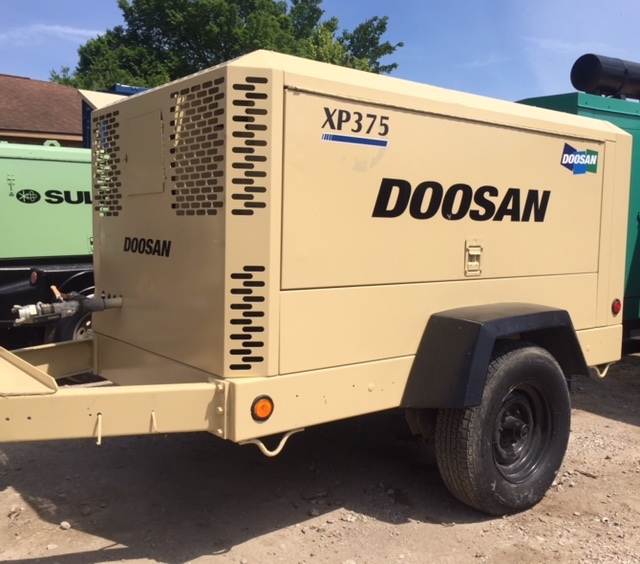
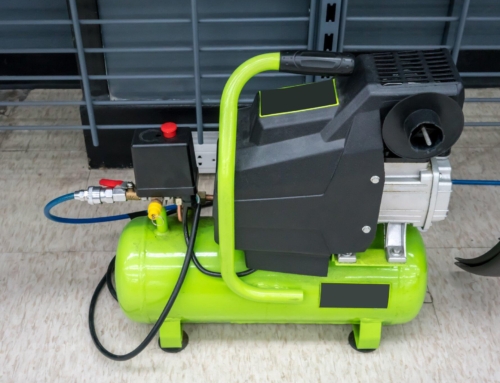
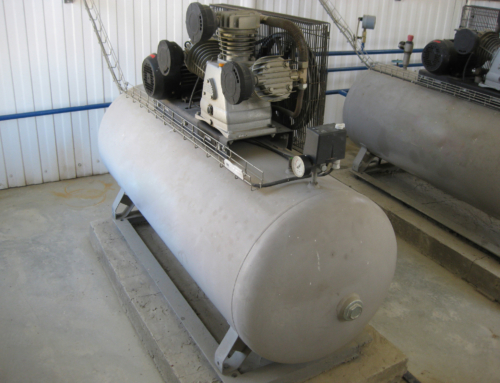
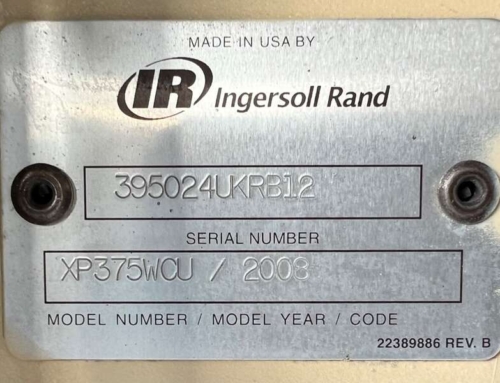
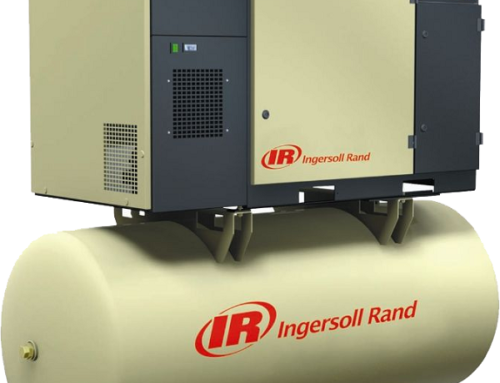
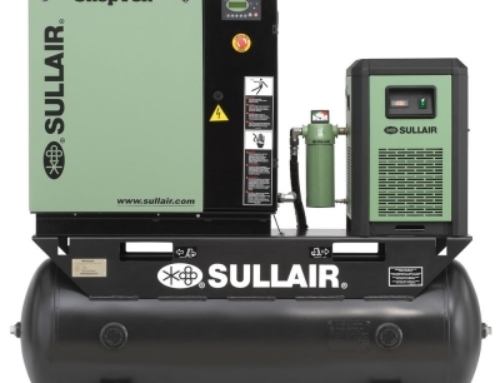
Leave A Comment